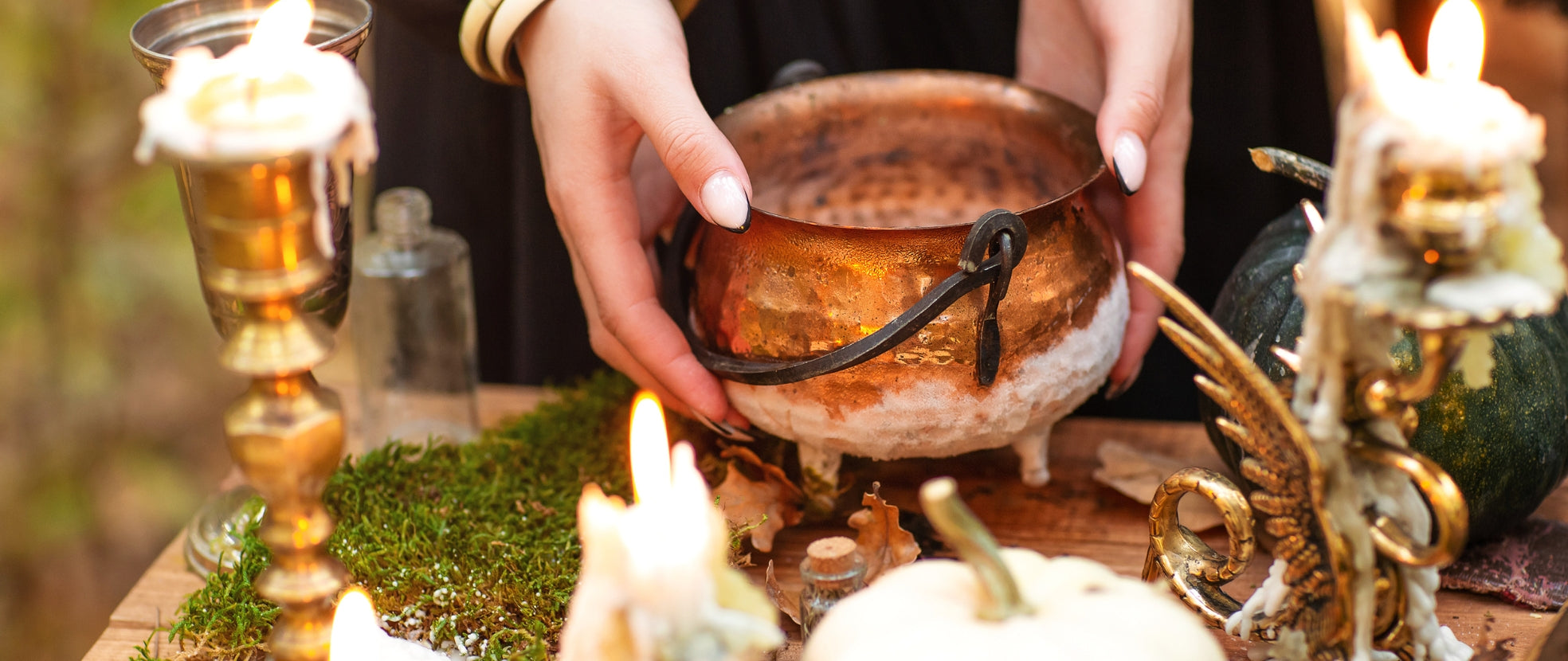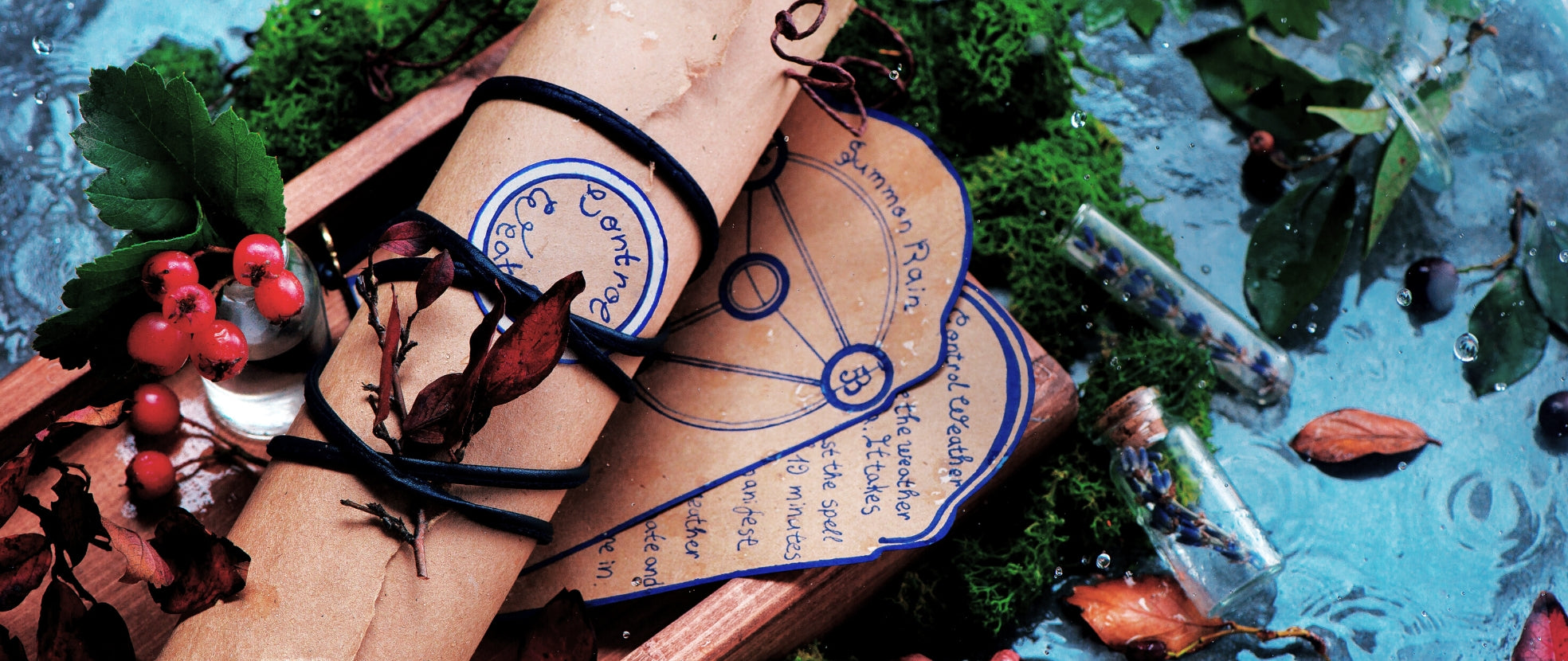What On Earth… will routinely discuss one type of gemstone or crystal, so you can learn all about the physical, historical and spiritual aspects of the magnificent stones we sell!
Topaz is technically a silicate mineral of aluminum and fluorine. When topaz crystals are harvested, they can then be polished or faceted to make beautiful gemstones. The chemical formula for topaz is Al2SiO4(F,OH)2.
A more common type of gemstone, topaz can be found on almost every continent. Where topaz is found depends on the way it crystallizes. For instance, topaz crystallising in granitic pegmatites or in vapor cavities in rhyolite lava include Utah (at a location aptly named Topaz Mountain) and the Chivinar volcano in Argentina.
The most common form of crystallisation comes from being found with fluorite and cassiterite. This form of topaz can be found in Russia, Japan, Brazil, Mexico, Australia, the United States and many other countries. Brazil is the largest producer of topaz in the world. These gemstones found in Brazil can sometimes be the size of a boulder!
Because of its wide reach, topaz has been found throughout history. It's said that during the Middle Ages, topaz was used for both mental and physical healing, as well as a method for death prevention. Egyptians even wore topaz as an amulet in an attempt to prevent bodily injury. Romans believed the stone could even improve their eyesight.
In Greece, the ancient inhabitants thought it could increase their physical strength – something that's still thought to this day. Greek is also the origin of the word topaz; the stone was originally named for a yellow stone mined from an island in the Red Sea. Geologists believe this stone to actually be chrysolite, not topaz after all.
Topaz is also a very versatile gemstone when it comes to visual properties. At its purest form, topaz is completely colourless and transparent. When tainted with impurities, topaz changes colours. The most common colours of topaz include a deep red, yellow, red-orange, a pale grey colour and blue-brown. Rarer forms of topaz include white, green, pink, blue and gold.
Perhaps the most recognizable form of topaz is orange topaz, recognized as the birthstone for the month of November. It's a symbol of friendship and strength. This form of topaz is known as precious topaz.
Imperial topaz is yellow or pink, pink with an orange tint, or violet if it's Brazilian Imperial Topaz. Because of the rarity of imperial topaz, many lesser forms of topaz are treated in order to tint them to a colour worthy of the moniker.
The use of topaz as a healing crystal dates back to both ancient times and the Middle Ages, where you can see that topaz was thought to give strength to the body and to protect it. Now topaz is used to heal the body as a whole, including the spirit. Topaz is said to bring the holder love and peace, as well as success and growth in life.
When used to heal specific ailments, topaz is used in the treatment of blood disorders, asthma, endocrine problems, rejuvenation and thrombosis.
Is there another gemstone that you're interested in learning more about? Tell us below and you'll see it on our blog soon!





